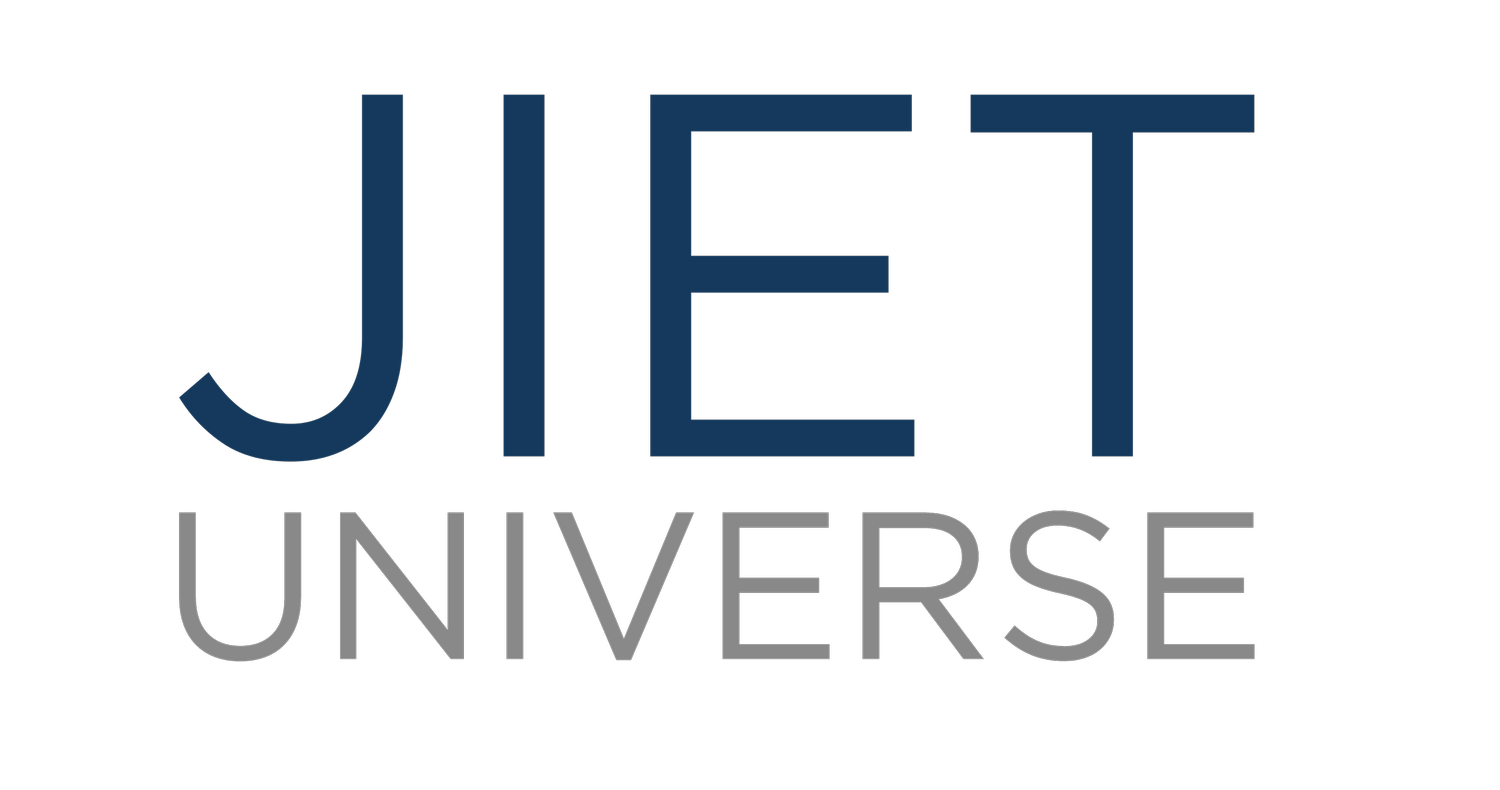From Idea to Reality: The Design Process Explained
Turning a creative idea into a tangible product is both an art and a science. The design process is crucial in translating abstract concepts into real-world solutions. Whether you're a budding designer or a curious creative, understanding this process can significantly enhance your projects. Here's a step-by-step explanation of the design process.
Ideation: The Birth of an Idea
Every design starts with an idea. This phase is all about brainstorming and exploring different concepts. At JIET Universe, we encourage a creative playground where imaginations can soar without the constraints of practical limitations. Tools like mind maps or mood boards help organize and expand thoughts.
Research: Understanding the Context
Once you have an idea, it's important to research. At JIET, this involves understanding the market, the audience, and existing solutions. Research helps refine your idea, making it not only innovative but also viable. Questions like, "Who will use this?" and "What problem does it solve?" are central to our curriculum.
Sketching: Visual Thinking
With a solid understanding of the context, it's time to start sketching. This is a quick and effective way to visualize your ideas. Sketching isn't about creating perfect drawings, but about translating thoughts into visuals, a skill heavily emphasized in JIET Universe's design courses.
Prototyping: The Experimental Phase
Prototyping is about bringing your sketches to life. This stage tests the feasibility of your design. At JIET Universe, students are encouraged to iterate quickly—make prototypes, test them, learn from mistakes, and refine the design.
Feedback: Learning from Others
Feedback is vital. At JIET, students share their prototypes with others, especially potential users. Insights from this phase provide valuable perspectives that might be overlooked otherwise, helping to fine-tune the design to better meet user needs.
Final Design: Polishing Your Project
With the feedback integrated, move towards finalizing your design. This involves detailed adjustments and ensuring every aspect of the design is optimized. Selecting the right materials, colors, and finishes to transform your prototype into a market-ready product is part of the comprehensive design training at JIET Universe.
Production: Bringing It to the Market
The last step is turning your final design into a product. This involves choosing the right production methods and materials. JIET Universe prepares students to work closely with manufacturers to ensure the product stays true to their vision while being feasible to produce.
Conclusion
The design process is a dynamic journey from conception to realization. At JIET Universe, we equip our students with the creativity, critical thinking, and collaboration skills needed to navigate each step successfully. Understanding each stage can greatly improve your ability to create meaningful and successful designs.




